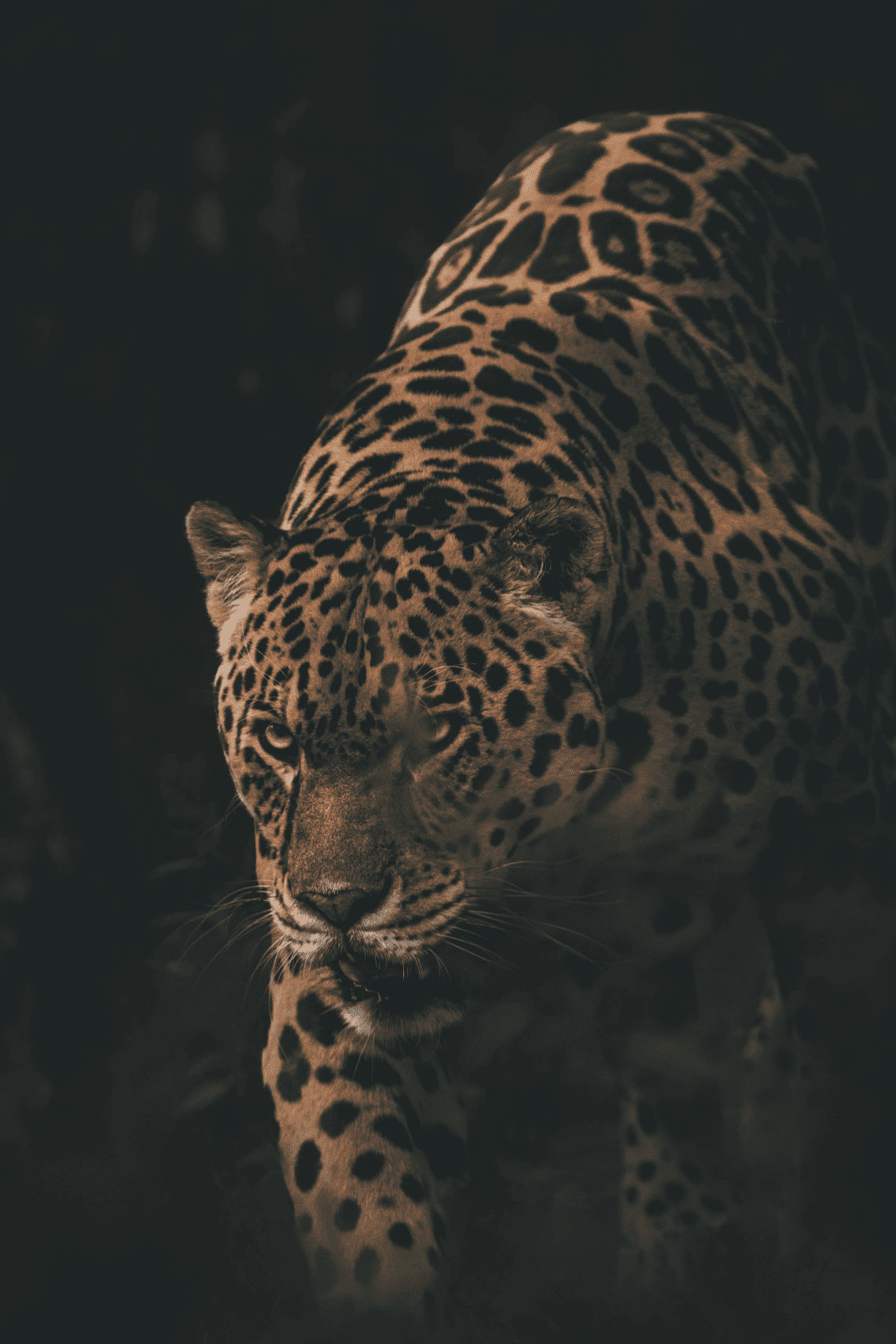-
Call Now: +913878958932
-
Email Now: [email protected]

The leopard, a creature of unmatched elegance and adaptability, is a true testament to the resilience of ancient wildlife. For thousands of years, this elusive predator has roamed the Earth, thriving in environments ranging from dense rainforests to rugged mountains and arid savannas. Its golden coat, adorned with rosette-like spots, is both a symbol of its beauty and a critical tool for survival, providing it with exceptional camouflage.
Leopards are renowned for their agility and versatility. Unlike many other big cats, they are equally comfortable on the ground and in trees, often dragging their kills high into the branches to protect them from scavengers. This ability to adapt to various terrains and conditions has allowed leopards to thrive where other predators might struggle. In ancient ecosystems, their role was vital, as they kept prey populations in check and contributed to the balance of nature.
Culturally, leopards have long been symbols of strength, cunning, and mystery. Ancient stories and legends often depicted them as creatures of the night, masters of stealth, and guardians of the wild. Their enigmatic nature has captivated human imagination for centuries, making them prominent figures in art, literature, and folklore.
However, the modern world poses significant threats to these ancient hunters. Habitat loss, human-wildlife conflict, and illegal hunting have led to declining populations. Yet, the leopard’s ability to adapt gives hope for its survival. Conservation efforts are crucial to ensure that this silent stalker continues to grace the wild, reminding us of nature’s resilience and beauty.